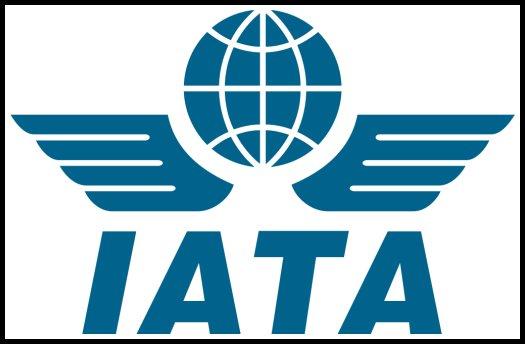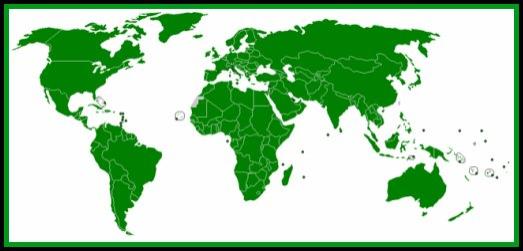The
ICAO airport
code or location
indicator is a four-character alphanumeric code
designating each airport around the world. These codes are defined by
the International Civil Aviation Organization, and published in ICAO
Document
7910: Location Indicators.
The
ICAO codes are used by air
traffic control and
airline operations such as flight
planning. They are not
the same as the IATA
codes encountered by
the general public, which are used for airline
timetables,
reservations, and baggage handling. IATA codes are usually
derived from the name of the airport or the city it serves, while ICAO codes
are distributed by region and country. For example, travellers who use London's Heathrow
Airport will most
likely be familiar with its IATA code: LHR. They are less likely, however, to
be familiar with the ICAO code: EGLL.
ICAO
codes are also used to identify other locations such as weather
stations, International Flight Service Stations or Area Control Centers,
whether or not they are located at airports.



